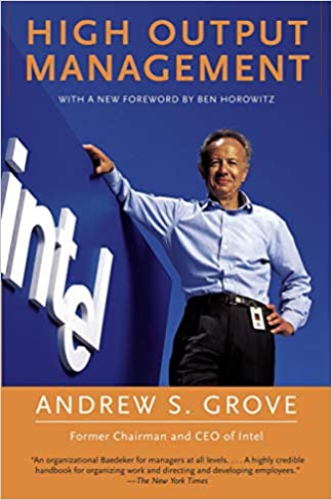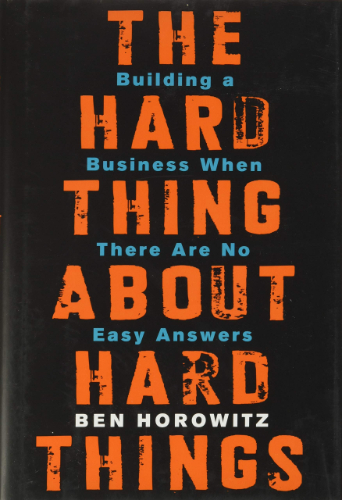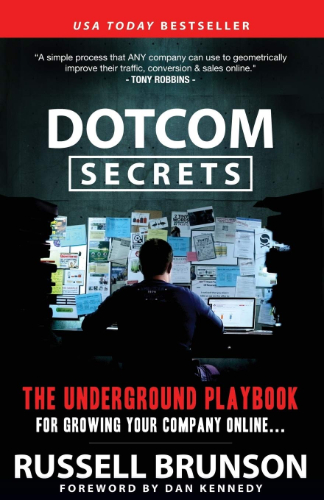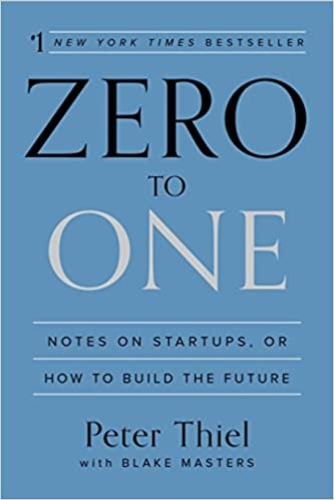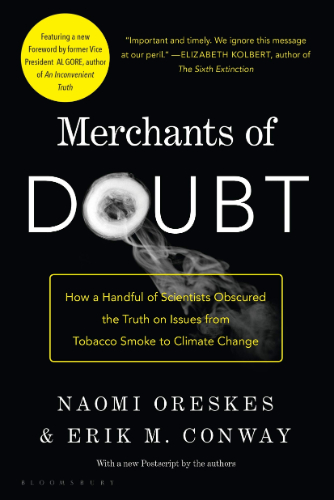Dotcom Secrets by Russel Brunson: Summary and Notes

One sentence summary: Russel Brunson’s bestseller will teach you everything you need to know about online marketing. By the time you are done, you will know what the next chapter of your life as an entrepreneur looks like. .
One Paragraph summary: Dotcom Secrets will teach you everything you need to know about online marketing. By the time you are done, you will know what the next chapter of your life as an entrepreneur looks like. .
Favorite quote from the author:
At some point in their career, every internet marketer gets to hear about someone who’s really killing it. For me, that guy is Russell Brunson, the fellow behind the widely popular ClickFunnels, which has helped thousands of entrepreneurs earn millions of dollars.
Brunson’s net worth is north of $360 million, which means that he is at least doing something right but what is it? I had to read several of his books, starting with Dotcom Secrets to find out. In this article, I will share my main takeaways from his first bestseller with you. Yes, there are more books from Brunson. Will the message be different? Let us wait and see
Main Takeaways from Dotcom Secrets by Russel Brunson
Here is a list of the main lessons that I extracted from Explosive Growth for you guys
-
There are four important questions every business should ask
-
Create a value ladder
-
Build an attractive character
-
An attractive campaign has five variables
-
A successful sales funnel has seven phases
Lesson 1: There are four important questions every business should ask
- Who is your dream client?
An entrepreneur needs to imagine what their dream client looks like and focus all their attention on creating a product that they will find valuable. Brunson says choosing your dream client is serious business. It is like choosing a life partner.
You must know everything about your dream client. What they look like, their passion, goals, dreams, and aspirations. Brunson advises entrepreneurs to spend lots of time thinking about who they want to work with and their characteristics and create an actual picture representing them.
- Where can you find them?
After identifying your dream client, you must now perform the task of finding them. Questions to ask include where do they hang out online? What do they read? Are they on Instagram or Facebook? The goal of locating your client is to contact them.
- What bait will you use to attract them?
Once you locate your dream customer, the next step is to interest them with a product or service. In other words, you must create the right bait to attract them.
- What result do you want to give them?
Finally, Brunson says that you must be very clear on what you want to offer your client.He says that a business is not about the service or product you wish to provide but the result you can get for your client
Lesson 2:Create a value ladder
A value ladder refers to a lineup of services and offers that steadily increase in price and value throughout a customer’s journey. An example of a typical value ladder setup is the free vs. premium version deals.
Brunson says that creating a value ladder that earns you and your business more from a customer is key to profitability. The value ladder is the first thing you should build before working on any sales funnel.
Excellent quote
“A funnel moves people through the sales process. They enter as prospective customers (traffic), and your job is to convert as many as possible into repeat customers by selling to them at the front, middle, and backend of your funnel.”
Value ladder example:

Lesson 3: Build an attractive character
Customers who will stick with you share an experience similar to yours. That’s why it is important to create a backstory that highlights your ups and downs. This will help you make a human connection with them.
Three things go into creating an attractive character:
-
Elements
-
Identity and
-
Storylines
One of the most important aspects is a backstory because a backstory creates context for the audience. It gives them a trajectory of your life that makes it easier for them to judge where you will be in the future. When customers identify with you, they will follow you.
Brunson also offers tips on how to make your character more attractive. He says attractive characters speak in parables because humans love stories, to begin with. Attractive people also share their character flaws because it makes one relatable and real. Finally, attractive characters harness the power of polarity. This is to say that you don’t need to appease everyone; otherwise, you will be boring. Attractive characters have lines drawn in the sand. They stand for something. It just like what Alexander Hamilton said, “If you don’t stand for something, you will fall for anything.”
An attractive character can take any of the following identities:
- The leader
The leader has a backstory similar to that of his/her followers and knows the hurdles and pitfalls everyone else faces. Their goal is to offer viable solutions.
- Where can you find them?
An adventurer is a curious person who goes out of their way to try new things and reveal secrets to others.
- The reporter and evangelist
An evangelist is a person who interviews hundreds of people and goes on to report on what it takes to succeed. Stephen R. Covey the author of the 7 Habits of Highly Effective People is an example of an evangelist.
- The reluctant hero
The reluctant hero hates the spotlight, but he/she shares all he knows because of moral responsibility. Brunson identifies as a reluctant hero.
Lesson 4: The five variables of successful campaigns
Brunson says that five variables determine successful online campaigns. These are:
- Demographics
Demographics are the distinguishing characteristics of your target audience. Putting the right offer on the wrong demographic is a common mistake that many online businesses make. You’ve got to be as precise as possible.
- Offer
The offer is what you are selling and the price point that you are selling it at. Brunson says that when he is researching his competitors, he buys all their products to understand their value ladder and see how he can improve on them. The process usually involves taking detailed notes about the whole journey to learn as much as possible
- Landing page
The landing page is the page that someone lands on after clicking an ad. It is the most important page in the sales funnel as it tells the visitor all they need to know about the site and the product.
- Traffic source
You need to know where the traffic is and redirect it to your site. Brunson says that when you understand where a competitor’s traffic is coming from, you can easily funnel it to your offer
- Ad copy
The ad copy is what gets the attention of the customer. Study your competitor’s ad copy and see what works and what doesn’t. You can spend days trying to adjust your ad copy, but unless you know what’s working, it will all be for nothing
By understanding these five variables, you can turn your business around and earn even more money.
Lesson 5: A successful sales funnel has seven phases
Brunson says that the real difference between having a six or even an eight-figure business is whether or not you understand the phases of a funnel and whether you can successfully monetize the different points along the value ladder
The seven phases are:
- Determine your traffic temperature
According to Brunson, it is vital to examine the traffic’s mindset before it enters your site. Three customer levels visit a site: cold, warm and hot. Each of these groups need special attention.
According to Brunson, it is vital to examine the traffic’s mindset before it enters your site. Three customer levels visit a site: cold, warm and hot. Each of these groups need special attention.
“If your prospect is aware of your product and has realized it can satisfy his desire, your headline starts with the product. If he is not aware of your product, but only of the desire itself, your headline starts with the desire. If he is not yet aware of what he really seeks, but is concerned with the general problem, your headline starts with the problem and crystallizes it into a specific need.” — Gene Schwartz
The goal is to start your copy whenever your client is at the time. In other words, you have to figure out where your prospect is along the product awareness continuum. Are they product aware, desire aware, or problem aware?
- Setup the pre-frame bridge
After determining the prospect’s temperature, the next step is to set up a bridge that pre-frames people before getting to your landing page.
Types of pre-frame bridges:
A hot traffic bridge: This is for people who already know about your business. They don’t need a lot of introduction
A warm traffic bridge: At this point, the traffic needs a little note of endorsement but not too much, just a little nudge
Cold traffic bridge: This is for people who know next to nothing about your business and as Brunson points out, it is the holy grain of online marketing and if you realy want to scale your business, you must know how to how to convert cold traffic.
The way to convert cold traffic is to assume they know nothing about you and the product. Take them through the entire journey, inform them what the benefits are, and don’t take any shortcuts. If it helps, pretend you too are a curious prospect.
- Qualify subscribers
The phase involves turning visitors to subscribers. A trick that most marketers use at this stage is to entice visitors with a free gift like an explainer video or a PDF laden with important info.
- Qualify buyers
Your goal is to qualify your subscribers as buyers immediately. Don’t wait for a second longer. Send them to a page where they make a purchase the moment they give you their contact list. A buyer is a buyer is a buyer.
- Identify hyperactive buyers
Identify the buyer who is willing to buy more than one thing. These are often in pain — not necessarily physical pain — but they want relief from something. Ask yourself: “What’s the pain, and find more ways of helping out of their misery?” Otherwise, they will go to another site and get help there
- Age and ascend the relationship
The next step involves continually providing value to the customer. That way, they can invite their friends, and so on.
- Change the selling environment
When you want to sell pricier products that cost thousands of dollars, you have to change the selling environment. Do it over direct mail, through phone, webinar, and so on.
Wrap Up
I can’t possibly tell you everything about Dotcom secrets in such a short summary, so I ask that you get your copy of Dotcom Secrets by the time you are done reading this. Why? Because the book has million-dollar secrets but only costs a couple of bucks on Amazon. And frank, it is the best tip-filled book I have ever read.
Who Would I recommend the Book To?
If you are an online marketer and want to take your game to the next level, I suggest that you read this book
GET THE BOOK ON AMAZONRate this book!
This book has an average rating of 5 based on 2 votes.








